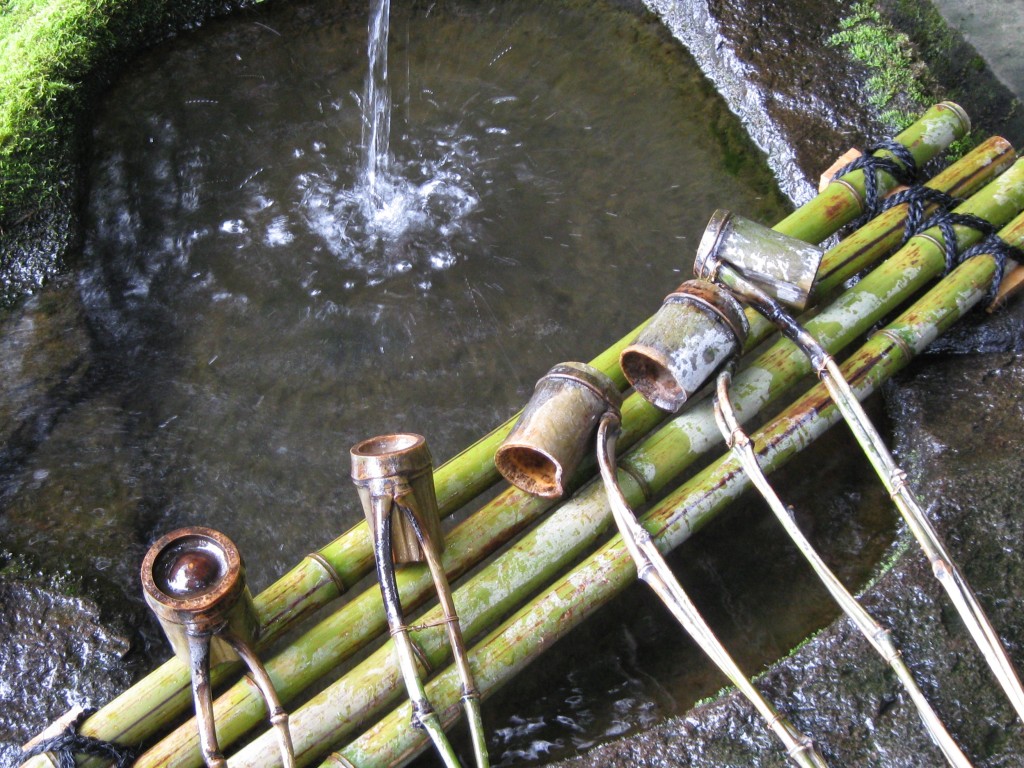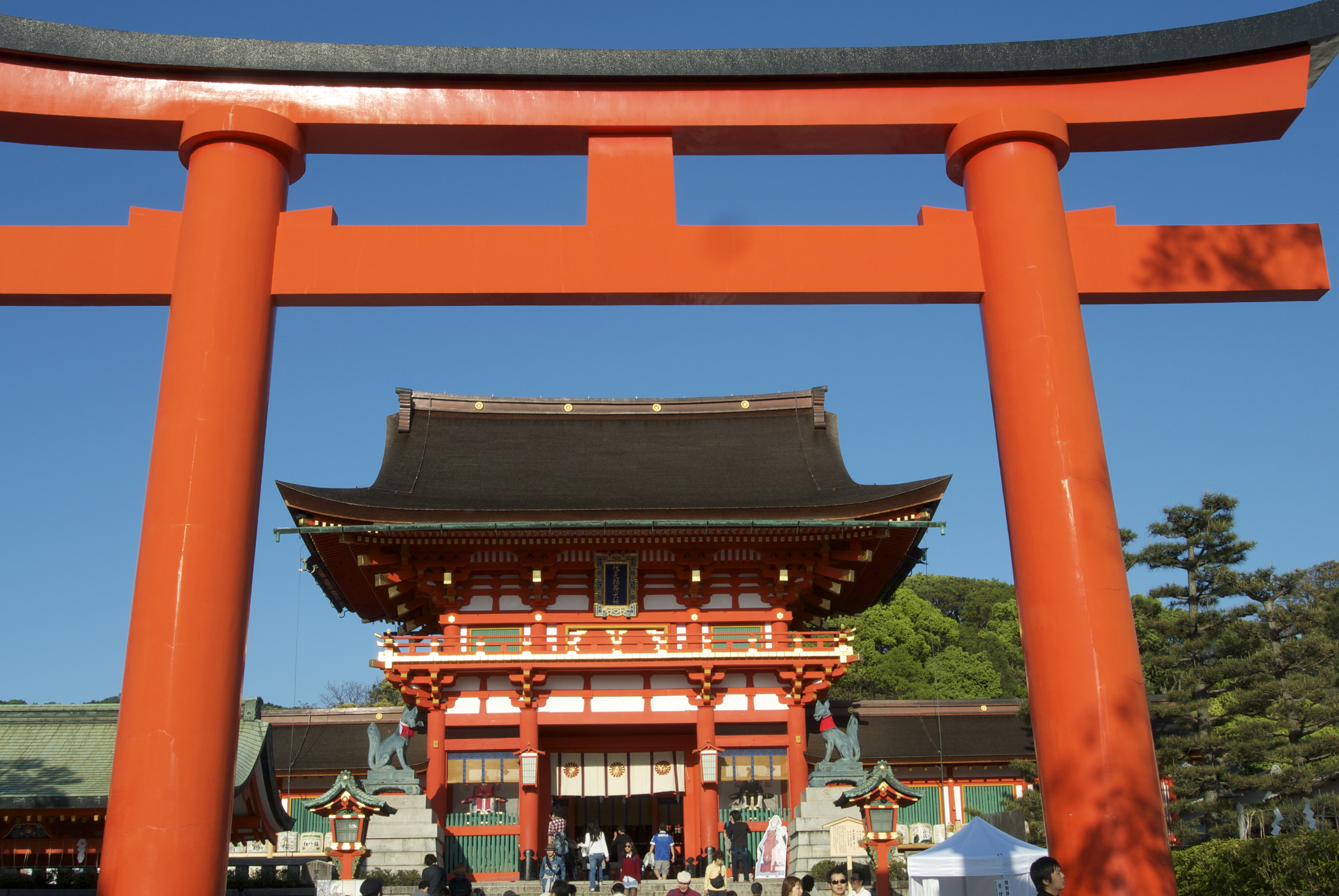As part of Golden Week activities this year, I made a tour of places in Kyoto associated with the influential Hata Clan. Anyone who has lived in the city will have come across the name at some stage, as the … Read the rest
Category: Origins (Page 4 of 7)
At every shrine there are a pair of guardians who protect the grounds from evil spirits trying to enter. The stylised komainu (Korean dogs) are characterised by having one mouth open and one mouth shut. It signifies ‘ah-un’ which … Read the rest

I was once shown round a shrine by a Shinto priest, who claimed the concern with cleanliness and purity was because the high humidity in Japan fostered disease and germs. It struck me as a typical Japanese way of seeing … Read the rest
Green Shinto is delighted to host a piece by Deep Kyoto blogger, Michael Lambe, about the current major exhibition at the Nara Prefectural Museum of Art. (The exhibition is on until December 14th.) To learn more about Michael’s blog, … Read the rest
Roots of rural development [and Amaterasu?] found in northern Kyushu
By Kevin Short / Special to The Japan News September 23, 2014
Northern Kyushu is a very exciting area for anyone interested in the roots of the Japanese countryside … Read the rest
A fascinating post on the Japanese Mythology website, which can be found here, reaches back into Jomon times to posit the existence of a ‘soul tree’ on which magatama beads were hung. How far modern Shinto can be … Read the rest
Shinto is often associated with Japan’s rice culture, and its origins are linked with the introduction of wet rice production from the continent. In this respect research into how, when and where rice cultivation reached Japan is of interest for … Read the rest

